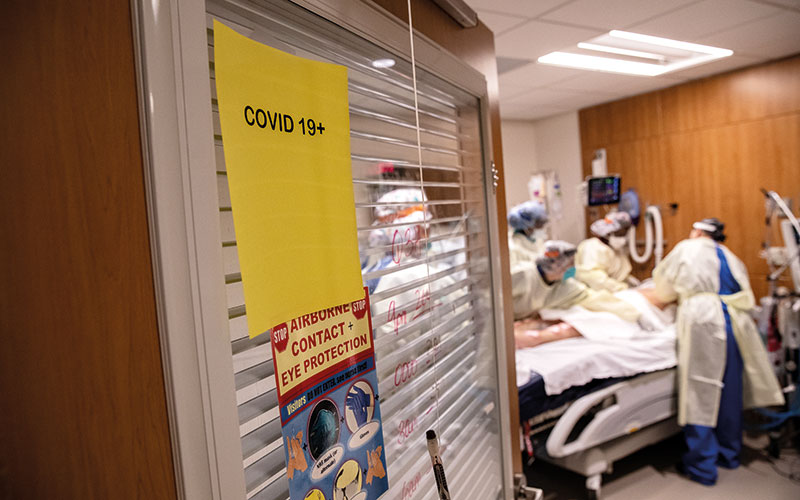From Spring 2020 to Spring 2021, researchers at Lund University took many measurements in hospital environments, primarily at different COVID-19 wards at Skåne University Hospital in Lund and Malmö, with the aim to obtain more knowledge about how COVID-19 is spread.

The study is the largest of its kind and the results have now been published.
Measurements of virus in the air were taken in the rooms of intensive care patients as well as in other wards.
One important factor in the measurements is that hospitalised patients had generally been infected for one to two weeks before they became so ill that they required care, meaning that their viral load was not as high as that of patients with recent infections.
The measurements were taken with instruments that were custom-made to collect biological substances from the air, and samples were collected from corridors and communal spaces as well as inside patient rooms.
In total, 310 samples were collected, of which 231 were collected in patient rooms. In total, 8% of all the samples were positive, and the figure for samples taken from patient rooms was 10%.
The authors state that the reason for the relatively low number is because the patients had been sick for so long they were not transmitting as much of the virus into the air.
The researchers were able to establish that improved ventilation, both with mobile HEPA-filtration units and with higher installed ventilation rates, clearly reduces the risk of airborne virus.
Image credit | Getty




